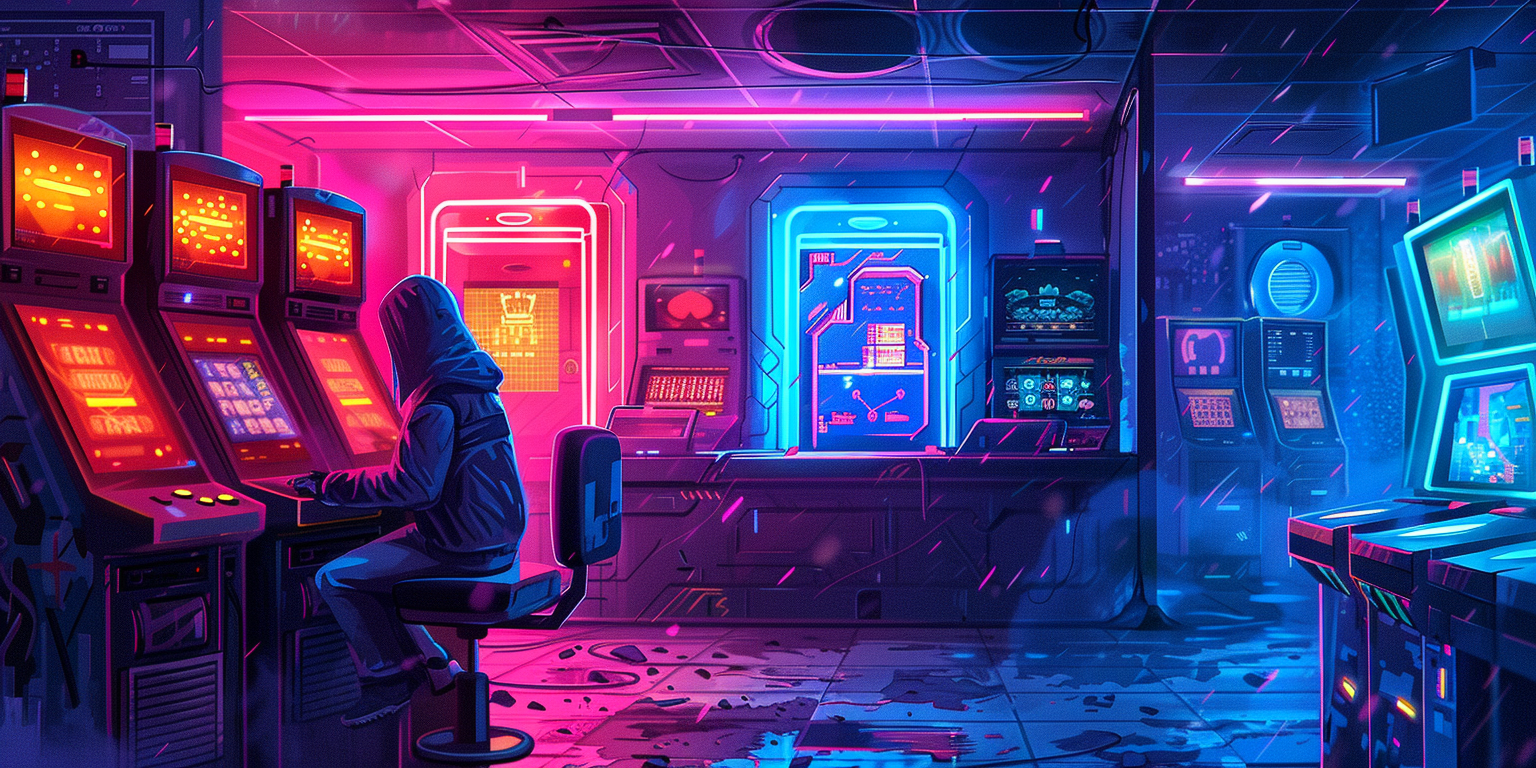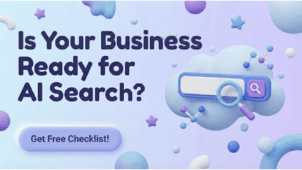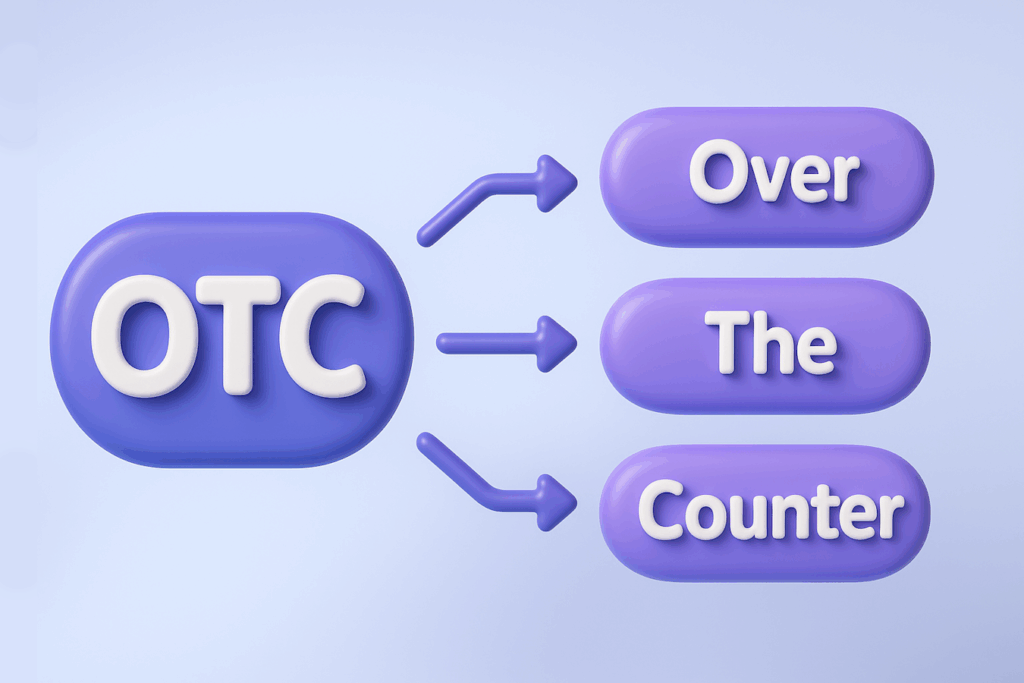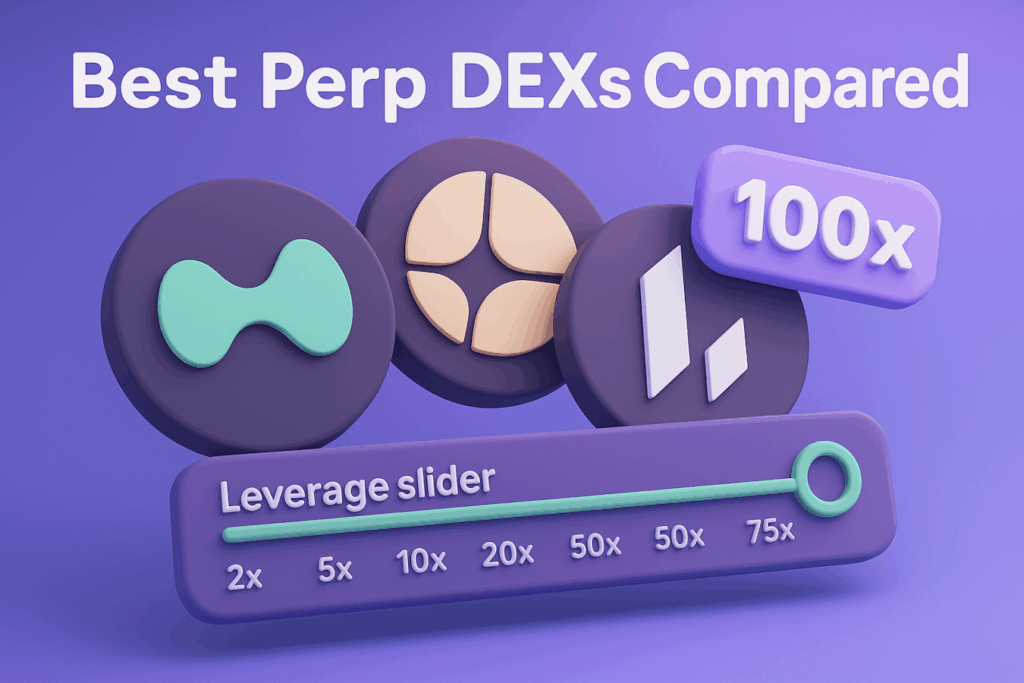share
Overview of Tokens Already Implemented in Casinos and Betting Platforms
Let’s first look at examples of tokens that have already been implemented in casino betting platforms.
Rollbit (RLB) and Rollbot NFTs
Utility vs. Security: RLB is primarily a utility token, used for participation in the Rollbit Lottery and staking for additional benefits.
Ecosystem Usage: RLB is used for participating in lotteries, staking, and earning a share of the platform’s profits. Users can participate in lotteries, stake tokens, and receive rewards.
Blockchain: RLB utilizes the Ethereum blockchain, although it was initially launched on the Solana network.
Liquidity and Market Capitalization: RLB is traded on the decentralized exchange Uniswap, with a market trading volume exceeding $2 million.
Emission and Distribution: RLB was distributed through airdrops to active participants of lotteries and games. There was a retroactive drop, as well as token giveaways to new users who made deposits on their platform. For example, all Rollbit users receive 1 RLB for every $1 bet on X-Crash or 0.1 RLB for every $1 bet on X-Crash if they do not have a Rollbot NFT linked to their profile. No token sale was conducted. As of July 2024, there are over 24,000 holders. The tokens are evenly distributed among holders, with no significant centralization.
Marketing Strategy: Retroactive drops and token giveaways to new participants significantly increased the number of crypto players on the platform. This, in turn, boosted the project’s revenue through the addition of the Crypto Futures platform.
BetFury (BFG)
Utility vs. Security: BFG is a utility token used for betting, staking, and receiving cashback.
Ecosystem Usage: BFG is used for betting, staking, and earning a share of the platform’s profits. Users can mine the token through betting and receive rewards for holding tokens.
Blockchain: BFG uses the Binance Smart Chain (BSC), which facilitates easy integration with other decentralized applications on BSC.
Liquidity and Market Capitalization: BFG is traded on PancakeSwap with a daily trading volume of just over $3,000.
Emission and Distribution: The majority of tokens are concentrated in 10 wallets (excluding the 0x000…dEaD address).
BFG is mined through betting and can be exchanged on other cryptocurrency exchanges. Tokens are distributed among active platform users and can be staked for additional rewards.
Marketing Strategy: The token is used for incentivized campaigns, rewarding and encouraging users to use their products.
BetConstruct (Fastex, FTN)
Utility vs. Security: FTN is a utility token used for paying for services on BetConstruct platforms.
Ecosystem Usage: According to their website, “FTN is currently being used as a utility token on multiple online websites, including gaming and e-commerce. It is also integrated with over 10 payment providers, including MoonPay, Alchemy Pay, and Simplex by Nuvei.”
Blockchain: FTN uses the Ethereum blockchain and their proprietary Bahamut blockchain (Mainnet launched). The EVM blockchain allows for easy integration with other applications on this platform.
Liquidity and Market Capitalization: FTN is traded on Gate.io, Bitget, BingX, and other exchanges. It is one of the most liquid tokens in the iGaming industry, requiring approximately $1,000,000 to change its price by 2%. The market cap is $695,000,000.
Emission and Distribution: Most tokens are concentrated in 5 wallets, indicating token centralization. Some tokens were sold in a token sale, raising $53.5 million through presale, private rounds, and public rounds. FTN is distributed through the platform and used for various transactions. Tokens are distributed among platform users and partners and can be used for reward programs.
Conclusions from These Examples and Key Success Factors
In addition to the tokens mentioned above, we analyzed SCORP from Scorpion.Casino, TGC from TG Casino, and DICE from Mega Dice (presale stage).
Based on our personal experience (we participated in the token sale of one of the largest crypto casino projects) and the projects mentioned above, we can conclude that token and NFT implementation helps achieve the following goals:
- Attract New Players: Incentivized campaigns using tokens can attract new players. For example, Rollbit has 24,000 token holders, each of whom is a platform player.
- Successful Token Sale: However, it is essential to build a community and/or negotiate with future major token holders before starting the token sale. For example, Fastex raised $53 million.
- Increase Sales from Current Traffic: Rewarding the use of new products/solutions, the most profitable products, etc., can increase sales. For example, BetFury.
FAQ
Definitely a utility token to avoid future regulatory issues.
Depends on the goals and objectives; in most cases, Ethereum and EVM-compatible blockchains are suitable.
It depends on the goals and objectives, and the approach varies. Tokenomics is built based on this. In some cases, most tokens will be concentrated in the hands of owners, while in others, they will be distributed among users.
Approaches vary in the examples above and other projects. Start with developing a marketing strategy. However, community building, interaction with KOL, media, and brand ambassadors/partners is crucial.









